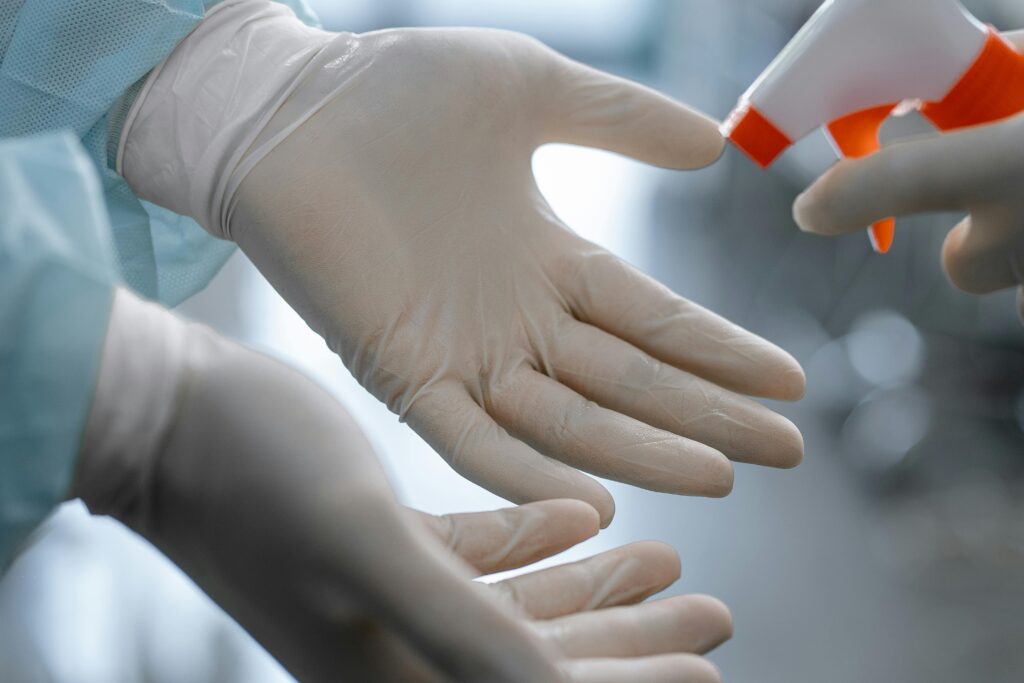Chemicals are common inputs in modern agriculture production systems. In livestock production systems inputs like antibiotics, growth hormones, pesticides, and disinfectants are used in animal husbandry practices. They are used to boost production efficiency, promote protection from diseases, and observation of animal welfare as guided by licensed experts.
The different types of chemicals used in animal production are used under strict professional veterinary guidelines since they pose a danger to humans, animals, and the environment on incorrect use. The following are the commonly used chemicals used in animal production, their purpose, benefits, and usage tips.
Chemicals in Animal Production
Antibiotics
Antibiotics are given to animals to cure and avoid bacterial diseases that affect animals destined for food production. These are vital for the provision of animal health and diminishing the mortality level among animals, livestock in particular.
Common Examples of Antibiotics belong to the tetracycline , penicillin, sulfonamide, and macrolide group.
Benefits: Used in the prevention and treatment of bacterial infections. The use of antibiotics promotes livestock health free from bacteria infections for optimal productivity and quality of animal products.
Usage Guidelines: It is important to give antibiotics strictly based on the prescription of a certified veterinarian to avoid cases of antibiotic resistance.
Hormones
In animal production, especially in livestock farming, various chemical hormones may be used to enhance growth, reproduction, or milk production.
Common Examples
Growth Hormones- Bovine Growth Hormone (BGH) or Bovine Somatotropin (BST) used in dairy cattle to increase milk production.
Recombinant Bovine Growth Hormone (rBGH): A genetically engineered version of BGH used similarly to increase milk production in dairy cows.
Reproductive Hormones- Progesterone: Used to synchronize estrus cycles in livestock, particularly in breeding programs, Gonadotropins (e.g., Follicle-Stimulating Hormone (FSH), Luteinizing Hormone (LH)) are used for reproductive management and artificial insemination in various species.
Estrogens and Androgens- Diethylstilbestrol (DES) was used historically as a growth promoter in cattle but largely discontinued due to safety concerns and Trenbolone acetate is used as a synthetic androgenic steroid used to promote muscle growth and feed efficiency in cattle.
Benefits: These hormones have the potential to improve meat and milk production hence boosting the farmers’ revenues.
Usage Guidelines: Growth hormones must be administered under the prescribed legal provisions and standards as directed by certified veterinarians so that there is no hazard to the health of animals and other problems like residues in animal products.
Pesticides and Acaricides
Purpose: Pesticides are used in animal husbandry, primarily to control pests that can affect livestock. These pesticides can include insecticides to control insects like flies or ticks that bother animals, as well as acaricides to manage mites and ticks directly. Pesticides may also be used in animal housing and storage areas to prevent infestations and diseases spread by pests.
Common Examples: Organophosphates, Pyrethroids, And Carbamates.
Benefits: Pest management minimizes diseases carried by insects, improving the animal’s health and production.
Usage Guidelines: The use must be carefully regulated and monitored to minimize risks to non-target organisms and environmental contamination. Pesticides must be expertly applied based on veterinarian directions to ensure feeds and water are not contaminated and to reduce environmental effects.
Disinfectants
Purpose: Disinfectants play a crucial role in livestock processing units by effectively controlling the spread of infectious diseases and maintaining a hygienic environment. These chemicals are essential for preventing the transmission of pathogens among animals and from animals to humans during the handling and processing of livestock.
Common Examples: Bleach – Sodium hypochlorite, Quaternary ammonium compounds, and Phenol.
Benefits: Disinfectants are indispensable tools in livestock processing units, serving to control infectious diseases, uphold hygiene standards, and ensure the safety and quality of meat products destined for market consumption. Their systematic use is essential for maintaining public health and mitigating the risks associated with microbial contamination in the food supply chain.
Usage Guidelines: Disinfectants must be applied according to manufacturer recommendations as they are formulated to achieve optimal effectiveness against various pathogens at specific concentrations and contact times.

Pingback: Risks, Concerns, and Advantages of Chemical Use in Animal Production – TechAnimal Hub